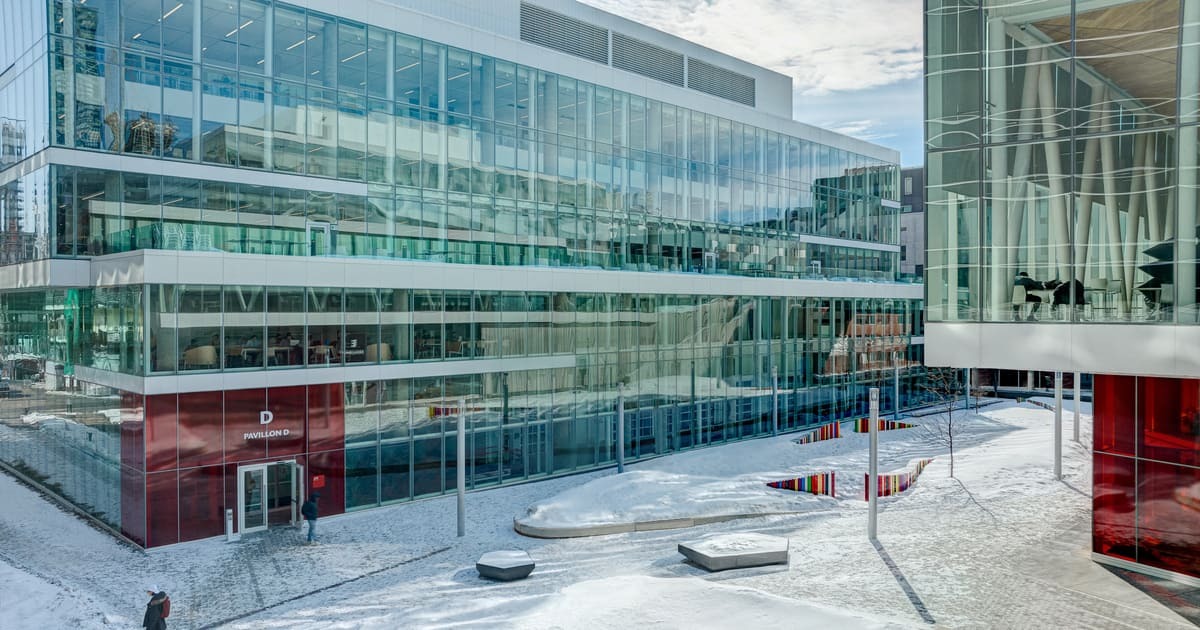
Abstract:
The rapid growth of the freight transport industry has raised significant concerns about its environmental impact and climate change consequences, largely due to its heavy reliance on fossil fuels. A promising solution for reducing the environmental impacts of this sector is containerized intermodal transport. This involves transshipping freight in containers from its origin to its destination, using at least two different modes of transport. However, using different modes of transport within these networks could introduce challenges, exacerbating its vulnerability to disruptions. This article discusses a novel approach to enhance the sustainability and resilience of intermodal transport, with a focus on the benefits of consolidation strategies in mitigating environmental and social impacts. The proposed model incorporates various environmental and social sustainability metrics, including greenhouse gas (GHG) emissions, noise pollution, traffic congestion and accidents. Real-world data from the UK transportation system is used to demonstrate the practical implications of this approach, providing actionable insights for transport managers and policymakers to help them identify where to prioritize investments across the transport network.
Keywords: Intermodal Freight Transport; Resilience; Sustainability; Optimization; Disruptions.
Consolidating Shipment to Reduce Costs and Emissions
Freight transport is a major contributor to global greenhouse gas (GHG) emissions, accounting for over 20% of energy-related emissions worldwide, with road transport alone responsible for 15% (Statista, 2023; IEA, 2023). Despite a temporary drop in emissions due to the COVID-19 pandemic, the sector's emissions rebounded by 8% in 2021, nearly returning to pre-pandemic levels by 2022 (IEA, 2023). This underscores the urgent need for sustainable solutions. Intermodal transport, which involves moving containerized freight using multiple transport modes – such as road, rail, and waterways – offers a promising approach to reduce reliance on road transport. However, the complexity of these networks, especially when consolidation strategies are applied, can make them vulnerable to disruptions. This article explores how to optimize intermodal networks for both sustainability and resilience. Resilience in a transportation system refers to its ability to withstand, adapt to, and quickly recover from disruptions or unexpected events by implementing preparedness and recovery initiatives.
Consolidation involves combining smaller shipments into larger ones, reducing both costs and environmental impacts. For instance, major companies like Kellogg's and Unilever have achieved significant cost savings and emissions reductions through consolidation. In an intermodal context, consolidation reduces the number of trips required, thereby lowering fuel consumption and GHG emissions. However, it also requires careful planning to manage the increased risk of disruptions, as delays in one part of the network can have cascading effects.
The Proposed Model for a Network Including Road, Rail and Water Modes
Our research presents a two-stage stochastic optimization model designed to enhance the sustainability and resilience of intermodal transport networks. The model incorporates various metrics, including GHG emissions, noise pollution, traffic congestion, and accidents, to assess the environmental and social sustainability of different transport routes. It also accounts for the likelihood of disruptions and includes preparedness and recovery initiatives to make the network resilient.
Key sustainability measures include:
- CO2e Emissions: As the primary environmental indicator, GHG emissions are quantified and converted into monetary values.
- Noise Pollution: Transportation activities can cause health issues, particularly for those living near roads and railways (Wang et al., 2022).
- Accidents: These incur costs related to emergency services, traffic congestion, and the emotional toll on victims' families (Ranaiefar & Amelia, 2011).
- Road Traffic Congestion: This increases road travel times, fuel consumption, and air pollution due to variable speed.
The proposed network includes road, rail, and water transportation modes, as illustrated in Figure 1. Nodes E and F are inland terminals, accessible only by rail or road.

To define the problem boundaries and scope, the following assumptions were made:
- Shipments can be transferred between different transport modes at intermodal terminals, incurring transfer costs and potential delays.
- Under normal conditions, the total transit time for a shipment is the sum of transit times over links and transfer times. During disruptions, transit times may increase. Reactive recovery activities, such as rerouting shipments, rescheduling transportation plans, or switching between alternative modes, can mitigate these impacts (Chen & Miller-Hooks, 2012).
Methodology
Following is a methodology outlined to ensure clarity for non-experts:
- Data Collection: Real-world data from the UK transportation network was gathered, including shipment sizes, port locations, and emission statistics.
- Model Development and Solution Approach: A two-stage stochastic model was developed to evaluate transportation costs, considering factors such as emissions and potential disruptions. The model was solved using a Lagrangian relaxation-based algorithm to ensure reasonable computation times.
- Disruption Scenario Analysis: Due to the lack of available data in existing research, we assessed potential natural and man-made disasters within the region, creating 40 disruption scenarios categorized into floods, bombings, and terrorist attacks. To do so, we explored historical data from the past 20 years to calculate and estimate the probability (frequency and duration) of each scenario.
Practical Application and Results
The model was validated using real-world data from the UK transport network. The case study demonstrated that a small investment in preparedness and recovery activities – just 0.4% of the total transport cost – could lead to a 4.7% reduction in overall costs and a 24.6% reduction in expected delay costs during disruptions. Furthermore, consolidation strategies were shown to offer remarkable cost savings, with returns up to 34 times the initial investment.
Further results include:
- Allocating Recovery Budgets to Disruption Categories: We analyzed optimal budget allocation for recovery activities, such as repairing impacted infrastructure and employing additional resources across different disruption categories. The results showed that, under all test scenarios, the largest portion of the budget is dedicated to recovery from floods, as shown in Figure 2.

- Identifying Critical and Semi-Critical Links: An analysis across budgets from £0 to £50,000 was conducted to identify vulnerable links in the transportation network. Critical links are those selected for preparedness activities (e.g., improving roadways and railways, building levees, enhancing drainage systems in flood-prone areas, and strengthening transport infrastructure) under a tight budget (£10,000 or less), while semi-critical links are chosen with a more flexible budget. Figure 3 illustrates these critical and semi-critical links, where all identified links are railways.

Implications for Transport Managers and Policymakers
The findings of this study have significant implications for transport managers and policymakers. By adopting the proposed model, they can achieve a balanced approach that not only reduces costs, emissions and social externalities like noise pollution, but also maintains high service levels during disruptions. The study provides a roadmap for prioritizing investments in transport infrastructure, emphasizing the need to focus on both sustainability and resilience.
Conclusion
Intermodal transport, when combined with effective consolidation strategies, offers a viable path toward a more sustainable and resilient freight transport system. This research introduced a modeling approach for evaluating the sustainability and resilience of intermodal transport networks. The results show that even modest investments in preparedness and recovery can yield substantial benefits, making it a valuable tool for decision-makers in the transport industry.
Additional Information
For more information on this research, please read the following research paper: Hasani Goodarzi et al. (2024).
References
Chen, L., & Miller-Hooks, E. (2012). Resilience: An Indicator of Recovery Capability in Intermodal Freight Transport. Transportation Science, 46(1), 109-123. doi:10.1287/trsc.1110.0376
Hasani Goodarzi, A., Jabbarzadeh, A., Fahimnia, B., & Paquet, M. (2024). Evaluating the sustainability and resilience of an intermodal transport network leveraging consolidation strategies. Transportation Research Part E: Logistics and Transportation Review, 188. doi:10.1016/j.tre.2024.103616
IEA. (2023). Greenhouse Gas Emissions from Energy. Retrieved from https://www.iea.org/data-and-statistics/data-product/greenhouse-gas-emissions-from-energy
Nocera, F., Contento, A., & Gardoni, P. (2024). Risk analysis of supply chains: The role of supporting structures and infrastructure. Reliability Engineering & System Safety, 241. doi:10.1016/j.ress.2023.109623
Ranaiefar, F., & Amelia, R. (2011). Freight-Transportation Externalities. In Logistics Operations and Management (pp. 333-358).
Statista. (2023). Statista Research Department. Retrieved from https://www.statista.com/topics/7476/transportation-emissions-worldwide/#topicOverview
Wang, H., Sun, B., & Chen, L. (2022). An optimization model for planning road networks that considers traffic noise impact. Applied Acoustics, 192. doi:10.1016/j.apacoust.2022.108693



